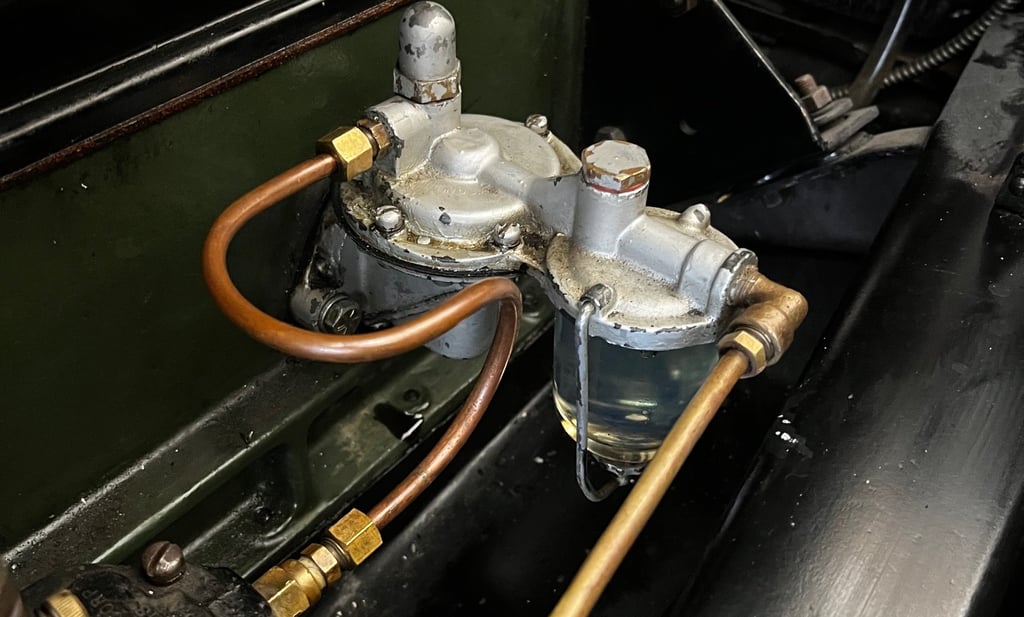Sleuthing Fuel and Spark
A Network and Community Help Mentor
Allen Ouzts
3/10/20251 min read


Last summer I bought a 1930 Pontiac Six—beautiful, simple, and unlike anything I’d ever worked on. When it refused to start, I had a choice: call a mechanic, or dive in. I dove in.
With help from my cousin, the Pontiac Oakland Club, and the Vintage Car Club of Holland, I began troubleshooting. Spark? Good. Fuel flow? Good—until the pump. Opening it revealed a crumbling diaphragm, victim of modern fuel. A rebuild kit brought it back to life, but still the engine wouldn’t fire.
Then came a tip from a Jay Leno video: some old pumps won’t self-prime. Armed with a turkey baster, I filled it manually. The next turn of the key brought the straight-six roaring back.
That moment wasn’t just about fixing a car—it was about learning, persistence, and community. Owning a vintage Pontiac means more than keeping it running; it means being part of a living chain of knowledge, passed along from garage floors to club meetings to friends willing to turn wrenches at your side.
